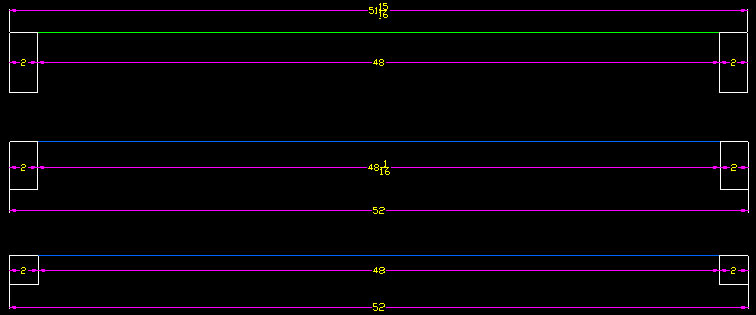Minimizing End-Grain Tearout
Tool selection and cutting methods to reduce tear-out of end grain in CNC machining operations. March 22, 2013
Question
Is there a preferred lead in to minimize tear out on end grain? I usually climb cut slowly into the end just like if you were climb cutting with a sliding table, but was thinking about trying to roll around from the back side. These are usually cope cuts for doors - that sort of thing. I expect some tear out that either gets trimmed with the profile or the outside of the door after assembly, just wanted to find a way to minimize my oversize parts.
Forum Responses
(CNC Forum)
From contributor M:
Cut the end grain first. Doesn't matter so much whether you climb or conventional cut. Then climb cut the grain direction. That will clean up the tear out made at the end cuts. Perfect cut every time.
From the original questioner:
That's what I do now. Only thing is, sometimes only one side gets profiled so the chip out does not get routed off. Also, the clamps are on that side, so I must rip off edge later or trim after assembly if it is a door.
From contributor D:
Conventional cut end grain. I've been doing this a long time and it matters - it gives the least blowout and imparts less force onto the work piece. Taking it in bites helps. Larger diameter tools help. Biggest thing is having a serrated cope knife. I get all our copes ground this way. It makes almost no chipout. The first to do this I think were window sash builders in Europe. Leitz was making some kind of micro v-grind. An added benefit is a stronger glue joint. The rough inner surface of the cope (which isn't seen anyway) makes a more tenacious bond.
From contributor S:
Another option is to have a left hand tool holder and cutter, make two short cuts first with the left hand tool, and then run around piece with the right hand tool. Perfect every time, just takes a little longer to run as machine has to do a tool change.
From contributor M:
If that is the case, invest in a left hand tool to make the cut where tear out is an issue. We do this all the time when necessary. Just for safety, I also use a left hand tool holder, but not everyone does this. In most cases, the left hand tool is just making small cuts that does not put much load on the tool.
